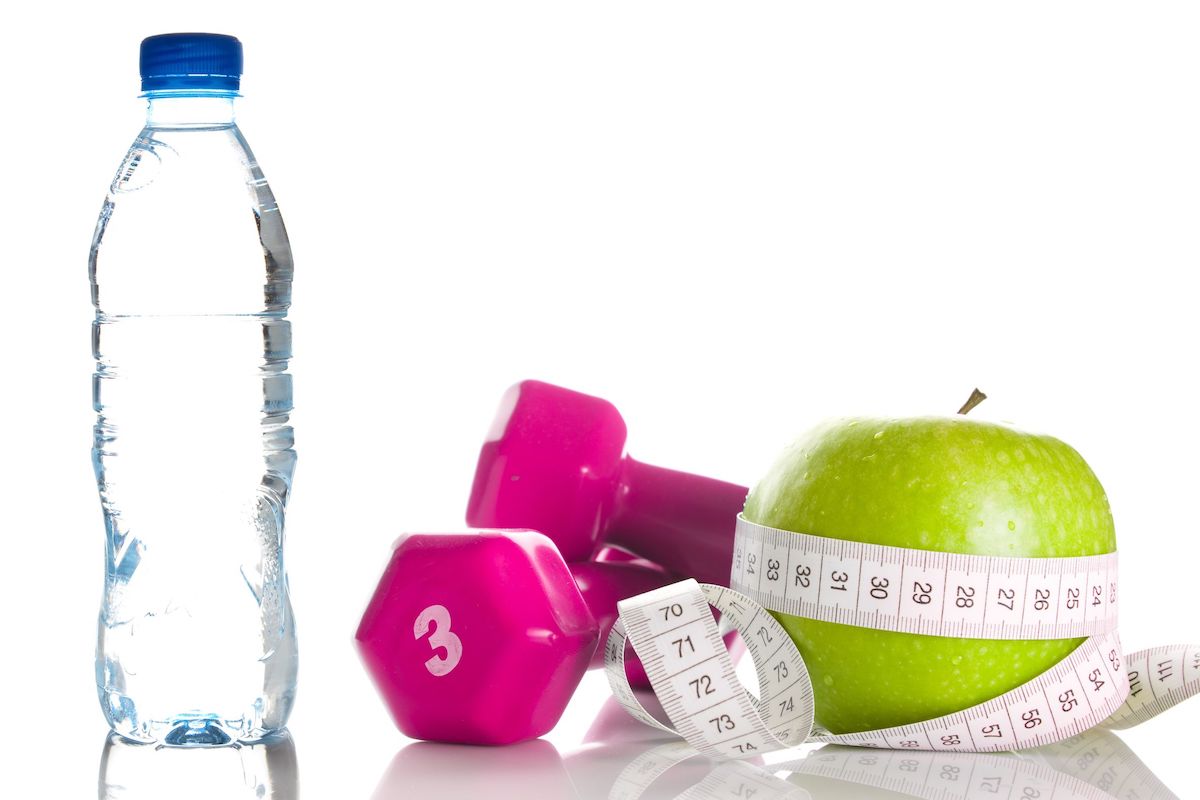
When the pandemic lockdown first went into place in mid-March, routines and daily structure went by the wayside for many. People began feeling confined, and in many cases, very alone.
Gyms, yoga studios, and group fitness classes ceased to exist, while the pantry and refrigerator were full of temptations.
There were not as many options available to maintain physical activity. People became very concerned with how they were going to stay in shape.
While some people successfully tapped into streaming exercise classes and discovered useful YouTube workout sessions, other have found it extremely challenging to stay on track and make fitness a regular part of their lives.
And the “one size fits all” format of online group training sessions made it extremely challenging for older individuals to join in without putting themselves at risk of injury.
As a personal trainer, the lockdown made it impossible for me to work with clients one-on-one, so I pivoted to training via Zoom. Since my client base is mostly people 55-plus, it’s critical for me to be able to observe, cue, and correct their movements, so that my clients get the most out of their workouts and avoid injury.
The challenge with Zoom is that my ability to coach is only as good as the angle of my client’s camera!
Staying Inspired to Move
As the weather has improved, I’ve gravitated to training clients in their backyards and decks with safe distancing. The movement back to coaching my clients in person (even at a distance) has underscored the importance of having a fitness professional who can not only watch your movements, but who can also design a program that is specifically tailored to your goals and abilities.
That might not be an option for everyone right now, so you may wish to put together your own exercise program. (See a sample workout below.)
In any case, before you do anything, ask yourself three key questions:
- What do I want to get out of my fitness training?
- Why are these goals important to me?
- How committed am I?
Honest answers to these three questions are critical to the success of any program you are going to implement and follow.
How to keep committed to exercising?
Put your workouts in your calendar. Make them a part of your day, just as you would a meeting or appointment.
Schedule your workouts for times during the day when you feel the most energetic. It makes the rest of the day all the better.
Plan your workout with a partner or small physically-distanced social group. That commitment will keep you honest.
Post your workouts on Instagram or Strava to motivate others, and to stay motivated yourself. If they give you positive feedback, this will give you a boost for your next session as well.
Don’t stress about it! Remember that some activity is always better than nothing. Going for a walk around the block will not only stretch your legs but will help clear your head as well. It might even inspire you to walk a little further the next day.
Aim for 30 minutes of movement, 5 times per week. You can break up those sessions and do two 15-minute sessions, or three 10-minute sessions; mix and match if that works for you.
And how are you doing with your nutrition?
Any discussion of fitness and physical training must also focus on diet. We want to feel stronger and healthier. An exercise regimen will achieve that only when it is combined with a proper diet.
Registered dietician Leslie Beck recently wrote a great piece in The Globe and Mail where she highlighted some common mistakes people have made in their diets during COVID-19. She talks about “mindless nibbling”: the homemade treat you grab as you pass through the kitchen, or the repeated tastings while prepping dinner.
“Those unconscious bites,” Beck says, “can add up significantly — to the calorie equivalent of an entire meal if you’re not careful.”
She goes on to caution us about using exercise to justify eating more. For example, you might rationalize eating an extra helping of pizza or dessert because of the hard workout you completed earlier that morning.
You may think you’re burning off those calories during exercise, but when you consider that one pound of body fat stores about 3500 calories, a certain reality emerges. You’d have to burn an additional 500 calories every day in order to lose a pound each week. Says Beck, “One indulgent meal can wipe out a day’s calorie burn from exercise.”
Finally, alcoholic beverages add extra calories to your diet, and they can also undermine your resolve to eat healthfully. So balance and moderation are key here!
Putting it all together, it may be ideal to have the supervision and resulting accountability of working with a fitness professional to address your unique goals and abilities, but there’s still lots you can do on your own!
Sample Workout
Warm up
- Arm circles
- Jumping jacks
- High knees
- Stationary lunges
Workout
- Push-ups (from the knees or feet) x 10
- Plank jacks x 10
- Tricep dips x 10
- High plank shoulder taps x 10
- Body weight squats x 12
- Curtsy lunges x 10 (each side)
- Side lunges x 10 (each side)
- Oblique heel taps x 10 (each side)
- Bicycle crunches x 10 (each side)
- Reverse crunches x 10
- Glutes brides x 10 (squeezing the knees together)
- Repeat workout
Recovery/Stretching
- Rest on back — deep breathing from the diaphragm
- Knee bent leg across (thread-the-needle if desired)
- Runners lunge with one knee on the ground, lean forward, change legs and repeat
- Lift arms and square across, repeat with other arms
- Legs stretches (quads, calves, hamstring)
We’d love to hear from you! Please send us your suggestions for future articles. And if you’re a writer, please see our writer’s submissions page for details.

